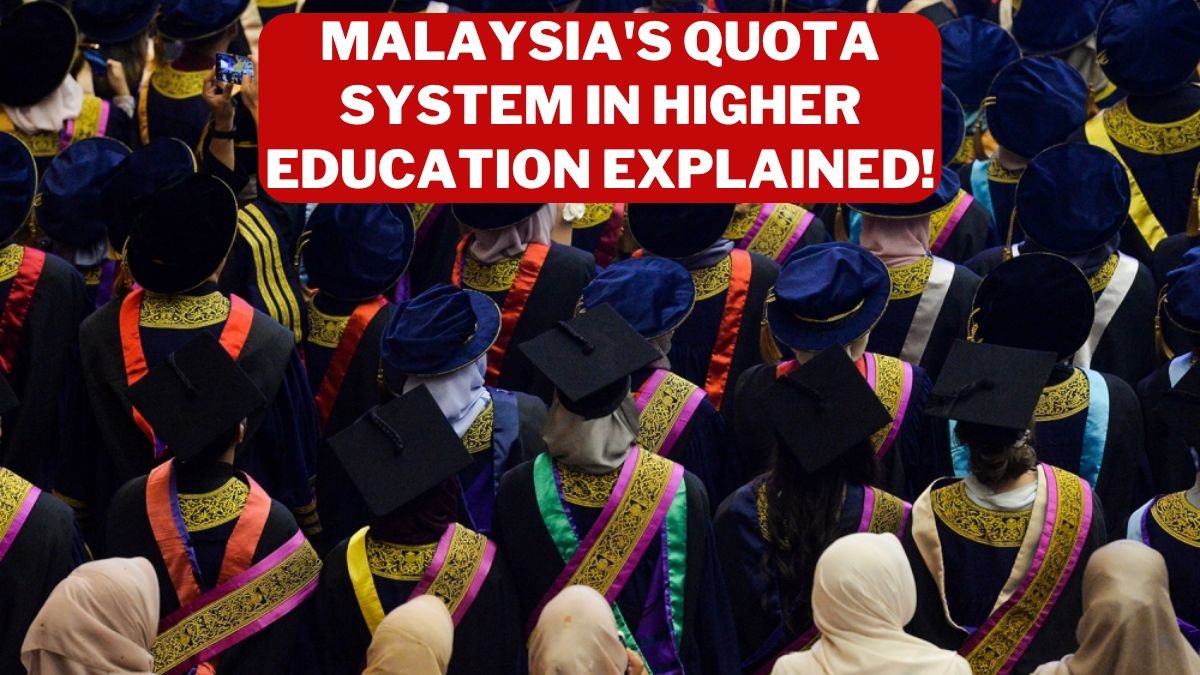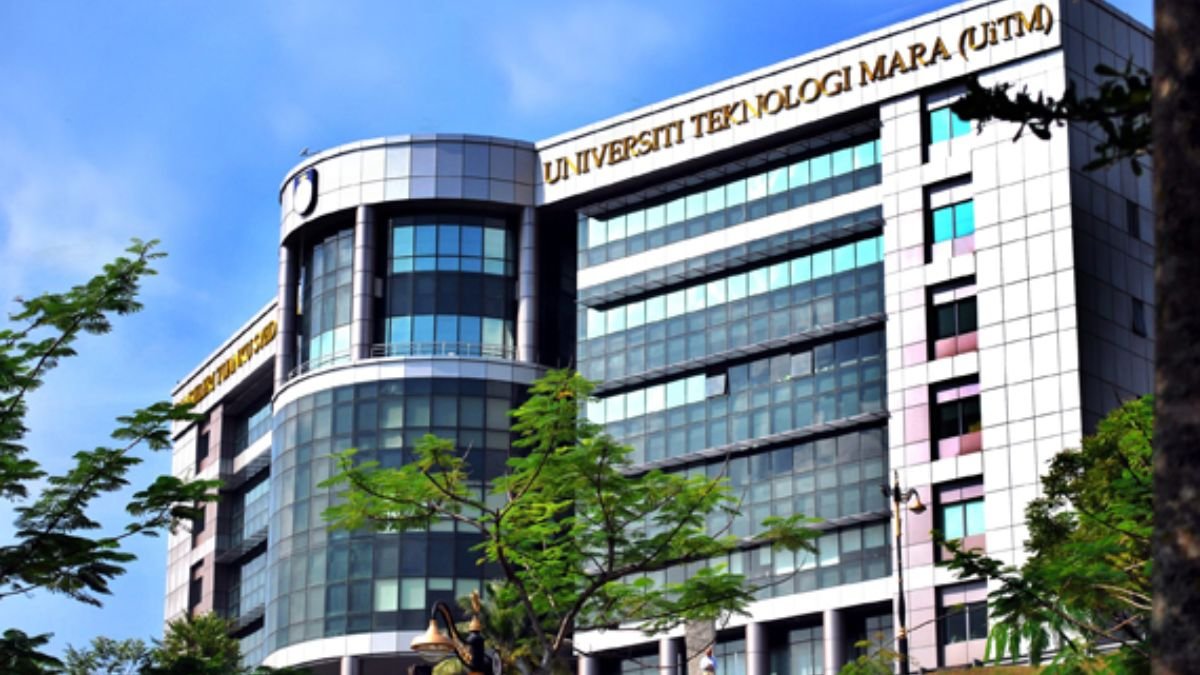Racial quotas in higher education have long been a topic of heated debate in Malaysia. Critics argue that the quota system discriminates against non-Bumiputera students.
However, this system has been defended by many, saying it is necessary to give opportunities to disadvantaged students belonging to poorer families and rural areas so that they can continue their education.
Lee Hwok Aun of the ISEAS-Yusof Ishak Institute spoke to FMT about the quota system history, the debate surrounding the issue, and suggestions on the way forward.
How did the quota system originate?
Lee told FMT that the New Economic Policy introduced a comprehensive quota system in the 1970s, after the May 13, 1969 race riots.
The NEP had two objectives: to eliminate poverty regardless of race and to accelerate social restructuring to eliminate the equation between race and economic function.
He said the other objective was the basis of the quota system as it aimed to increase the Bumiputera presence in fields where they have historically been under-represented, such as higher education and business ownership.
In addition to the admissions quota in universities, the pre-university system also provides preferential access to Bumiputeras, especially to matriculation colleges and basic courses, he said.
The government scrapped race-based admissions to public universities in 2002.
However, the quota system remains in place at the matriculation colleges, with a 90% quota for Bumiputeras, while some foundation courses are reserved exclusively for Bumiputeras.
Has the quota system achieved its objective?
Khaled Nordin, then Minister of Higher Education, said in December 2023 that Bumiputera students made up 81.9% of students at public universities, more than four times the number of non-Bumiputera students (18.1%).
According to Lee, data from the 2021 Labor Force Survey reveals that 36% of Bumiputeras in the workforce have tertiary education certificates, compared to 39% of Chinese and 35% of Indians.
However, he added that these figures do not necessarily prove that the quota system has achieved its objective.
Although a large number of Bumiputera graduates have received education at local universities, employers closely monitor the quality of local graduates.
“Matriculation colleges and foundation programmes provided access (to many), but their shortened and simplified syllabuses have under-equipped students for university-level studies,” Lee said.
He also said that the quota system deprives qualified non-Bumiputera students of a place in matriculation colleges, which in turn leads to a “brain drain”.
“The problem was perhaps more acute before the 1990s,” Lee said. “Since the proliferation of private higher education in Malaysia, alternatives to the public universities have become more affordable than before.”
Lee also said there was a need to pay more attention to East Malaysia’s Bumiputeras and students from the lowest income levels, such as the Bottom 10.




